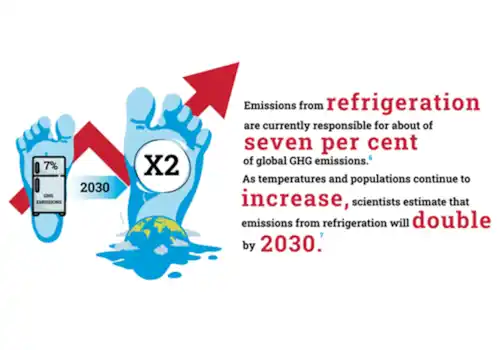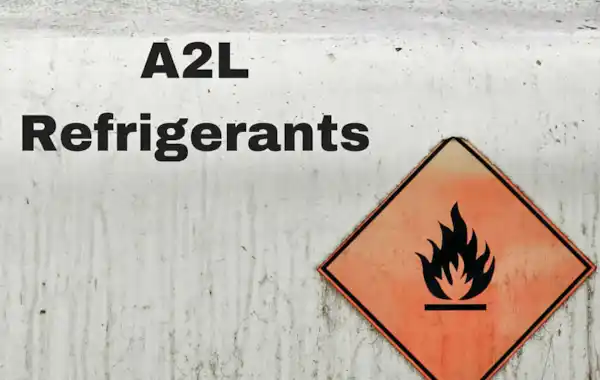05 September 2016
|
Will 2016 be the year of A2Ls
By Alan Jackson, BJA Refrigeration Consultants
 Alan Jackson
Alan JacksonThere are an increasing number of new low GWP refrigerants being placed on the market. Exhibiting similar performance properties to HFC refrigerants, a big attraction is their lower global warming potential, which over the coming years will become crucial in meeting EU 517/2014 – the revised F-gas regulations.
Such low GWP refrigerants are often flammable and are classified by ASHRAE as A2L. The table below offers a simplified guide to refrigerant classification.
| Classification | A (LOW Toxicity) | B (HIGH Toxicity) |
|---|---|---|
| 1 (NON Flammable) | A1: HFCs | B1: Rarely used |
| 2L (MILDLY Flammable) | A2L: Low GWP, HFC replacements | B2L: Ammonia |
| 2 (LOWER Flammability) | ||
| 3 (HIGHER Flammability) | A3: Hydrocarbons (R1270, R290 etc.) | B3: No refrigerants |
A2L: Mildly flammable, what does this mean?
A2L refrigerants exhibit low toxicity and are mildly flammable, but what does this mean? In terms of toxicity, like HFCs, A2Ls have a permissible exposure limit of >400ppm and the related risk of accidents is low. In terms of an A2Ls flammability they typically require:
- Greater than 0.3kg/m³ concentration in air to burn
- A heat of combustion of <19,000kJ/kg
- A burning velocity of <10cm/s
The effect of ignition from A2Ls is low (when compared to hydrocarbons) and they are difficult to ignite. It is necessary that components with ignition sources are avoided, and appropriate ventilation is provided where necessary as per guidance to relevant standards. E.g. BS EN378
In practical terms the quantity of an A2L would have to be greater than an A3 to create a flammable mix, as its flame when ignited travels at a slower rate. This has a positive impact on the maximum charge size of an A2L when compared to an A3 refrigerant.
Will 2016 be the year of A2Ls?
A2Ls will have a place in our industry, to what extent cannot be predicted. If you are considering an A2L it is essential that you consider the following:
- Flammability potential – consider suitable segregation, component choice and eliminating ignition sources where appropriate
- Install a suitable leak detection system
- In plant areas (rooms or containers) ensure a forced ventilation system is installed where required that activates upon detection of a leak
- As with any refrigerant – handle with care in a ventilated area with tools and equipment specific for the refrigerant
An advantage of A2Ls opposed to other low GWP refrigerants such as CO² is that they operate very similarly to A1 HFC refrigerants. A2Ls may be more expensive, especially initially however this may be an acceptable trade-off when assessing their application against other alternative refrigerants
Finally, there is certain to be all sorts of different information flying around over the coming months regarding A2L’s. Some of this information will be less accurate than others. If you are considering using A2L’s and wish to receive impartial advice from independent expert consultants, please do not hesitate to get in touch.









